- Quai Louis II, 98000 Monaco
- info@sea-index.com
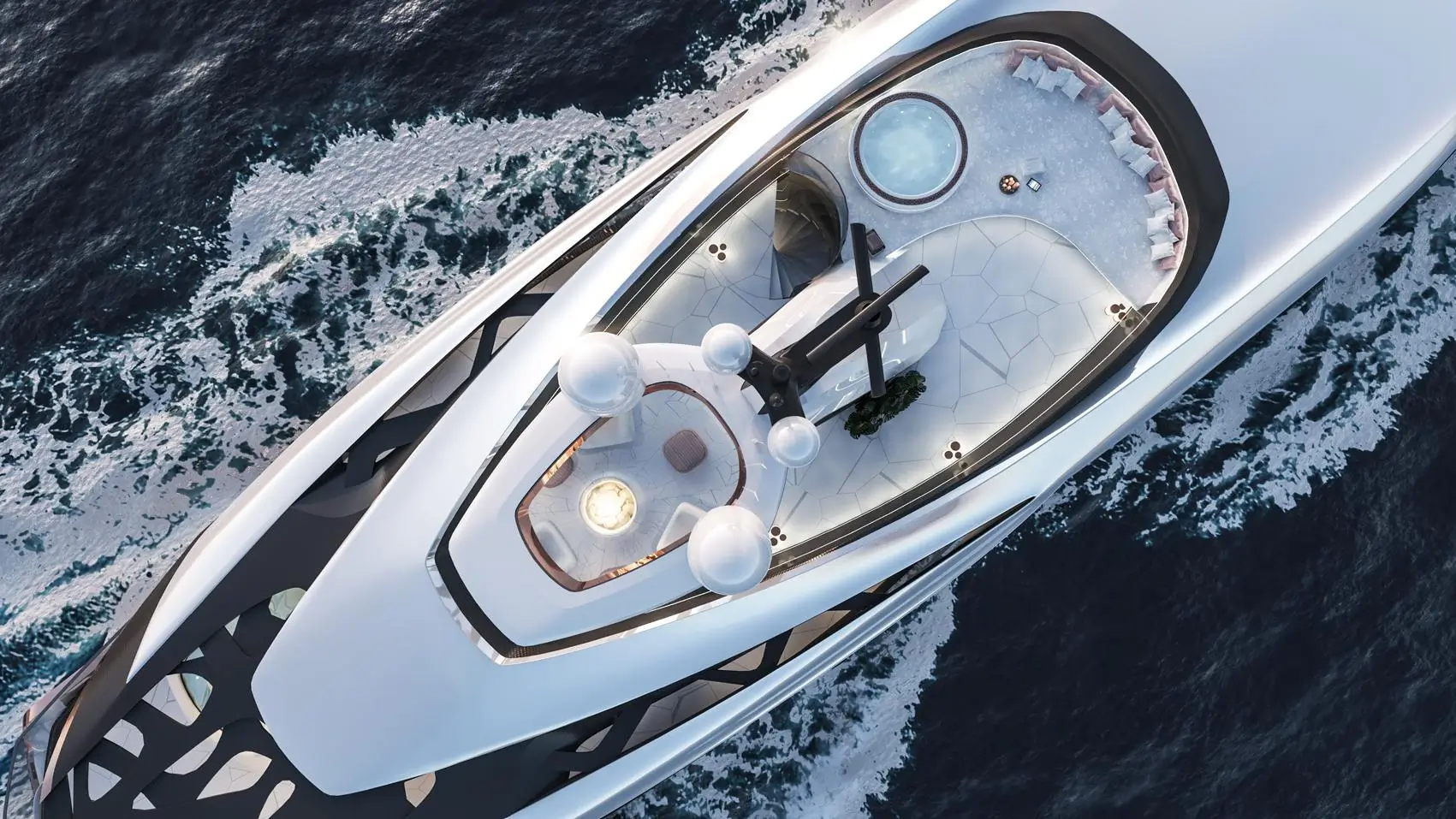
The SEA Index CO2 tool calculates the carbon emissions of yachts over 25m, drawn from builder data, incorporating a typical operational profile and based on a reference line for displacement yachts.
The result of a collaborative effort, the development of this pioneering tool involved key industry players; from forward-thinking yacht owners to shipyards, operators and an independant certification company.
Since its inception in 2020, the SEA Index has aimed to provide yacht owners with proactive measures to make informed decisions when buying, selling or chartering a vessel. The SEA Index’s mission is to promote transparency within the sector and support a more sustainable yachting future
With the launch of SEA Index tool Phase III, the scope and accuracy of the tool are extended. The SEA Index is future-proof as it can incorporate future technology such as hydrogen fuel-cell and future fuels such as methanol.
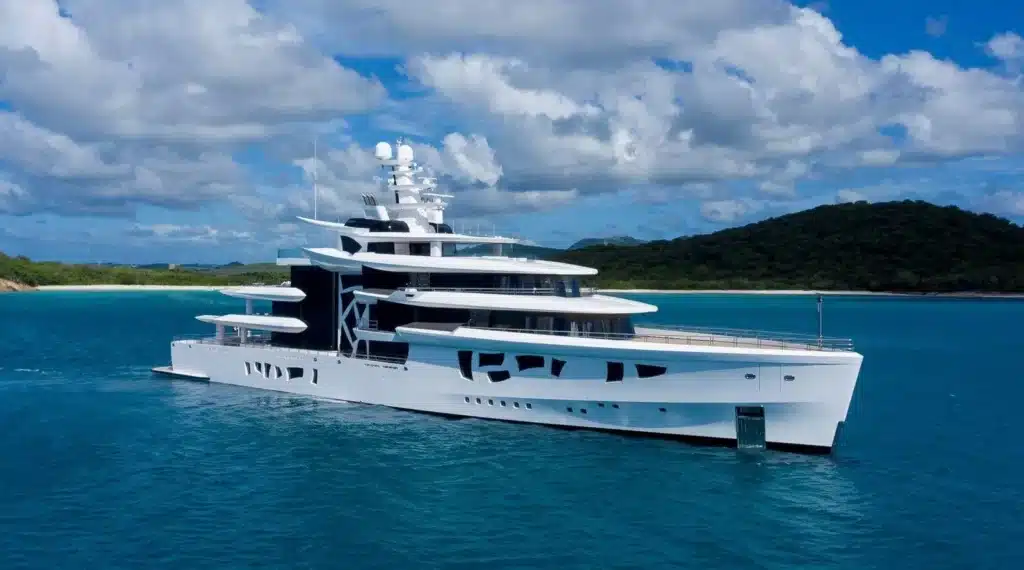
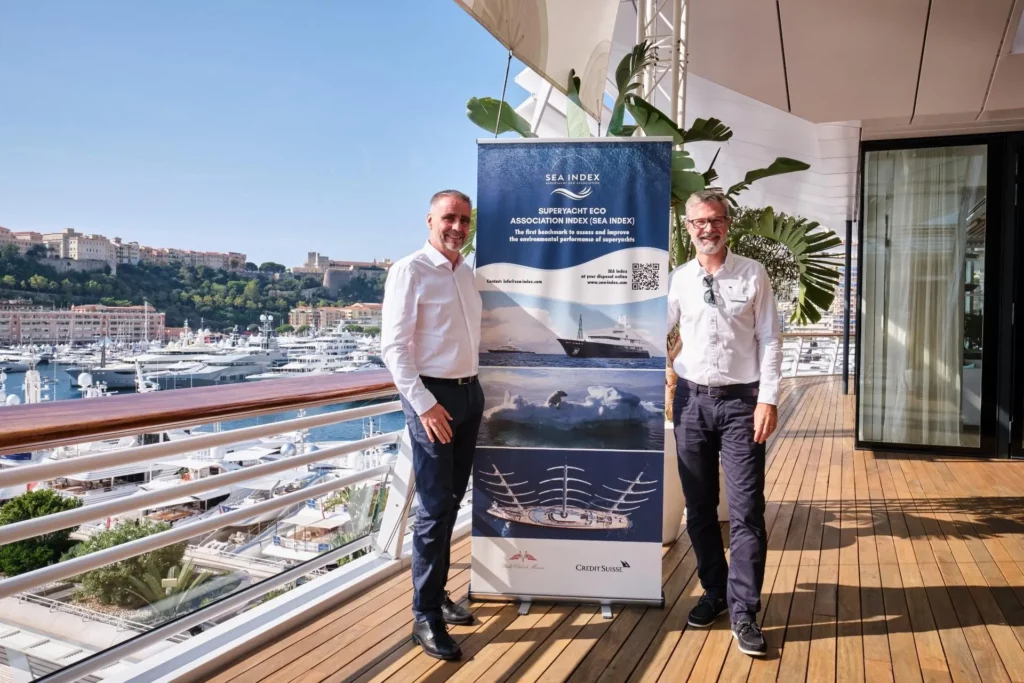
SEA Index Phase II provided an objective assessment for yachts from 40 meters and above, taking into account the typical operational profile of superyachts (at berth, anchor or cruising).
The original Sea Index formula was updated in Phase II to account for:
- Operational profile for the yachts fleet
- Typical operational speed for the yachts
- Battery propulsion
SEA Index tool Phase II can rate hybrid and battery-based propulsion systems and innovative auxiliary power features can also be accounted for.
SEA Index Phase III expands the scope to include yachts below 400GT and above 25 meters in length.
The SEA Index tool uses benchmark data to assess how superyachts entering the calculation process perform against the rest of the average fleet.

The SEA Index CO2 tool fills a gap in the superyacht industry.
Fast, Easy to Use & Unbiased.
Existing measurements in shipping
IMO
– MARPOL resolutions and annexes (Annex VI – Prevention of Air Pollution from Ships)
– Energy efficiency measures: EEDI, SEEMP, EEOI
Classification societies
Independent labeling systems
– Environmental Shipping Index evaluates performance in reducing air emissions
– Clean Shipping Index includes air pollution as well as chemicals, water and waste
– Blauer Engel for environmentally friendly ship design
How does the SEA Index TOOL work?
The SEA Index tool is based on a technical formula that calculates the energy intensity ratio from data across a criteria range that includes: the rated power of the installed engines, gross tonnage and rated power of the installed generators.
Set against benchmarks and the average ratios of the superyacht fleet, the SEA Index assessment reveals if any given superyacht stands above or below the new baseline. If the relative energy intensity performance is truly above par, it is awarded five stars, the highest rating. The number of stars decreases for yachts with a lower relative energy-efficiency performance. Superyachts that meet the SEA Index Phase II minimum criteria (3 stars or above) can join the Superyacht Eco Association, fly the SEA Index pennant flag, be recognised among peers for their less-impactful performance and benefit from preferential YCM marina berth rates.
The SEA Index stems from the International Maritime Organisation’s EEDI (Energy Efficiency Design Index) EEXI (Energy Efficiency Existing ship Index) specifically adapting the formula to Superyachts and incorporating a typical operational profile best suited to yachting.
SEA Index Methodology
While impact is measured through CO2 emission levels, it is not the only criteria. One of the important aspects is that the index takes into account the CO2 per gross ton, which is representative of the volume of the vessel’s enclosed space – a measure of the utility of the vessel without influence of the space usage.
The rating metric of the SEA Index is based on the approach taken by the UN’s International Maritime Organisation, plus specific customisations for application to superyachts. The initial benchmarks were generated from data provided by 130 yachts, ranging from 40-140 meters in size, with every data point of the assessment collected and validated by the SEA. Phase II of the SEA Index included data from over 300 validated yachts. In Phase III, the operational AIS data was obtained for 392 yachts for the year 2021. The approach taken is to calculate a representative CO2 emission rate at sea and a representative CO2 emission rate when at anchor/berth and weight them by a nominal operating profile.
The online calculator gives applicants an initial rating of the yacht’s CO2 emissions. The next step, is to encourage yachts that achieve a 3 star minimum to apply and become a member of the Superyacht Eco Association and undergo the full assessment reviewing adequate data documentation, independantly verified by class society Lloyd’s Register, who issue SEA Index CO2 certificates on our behalf.
